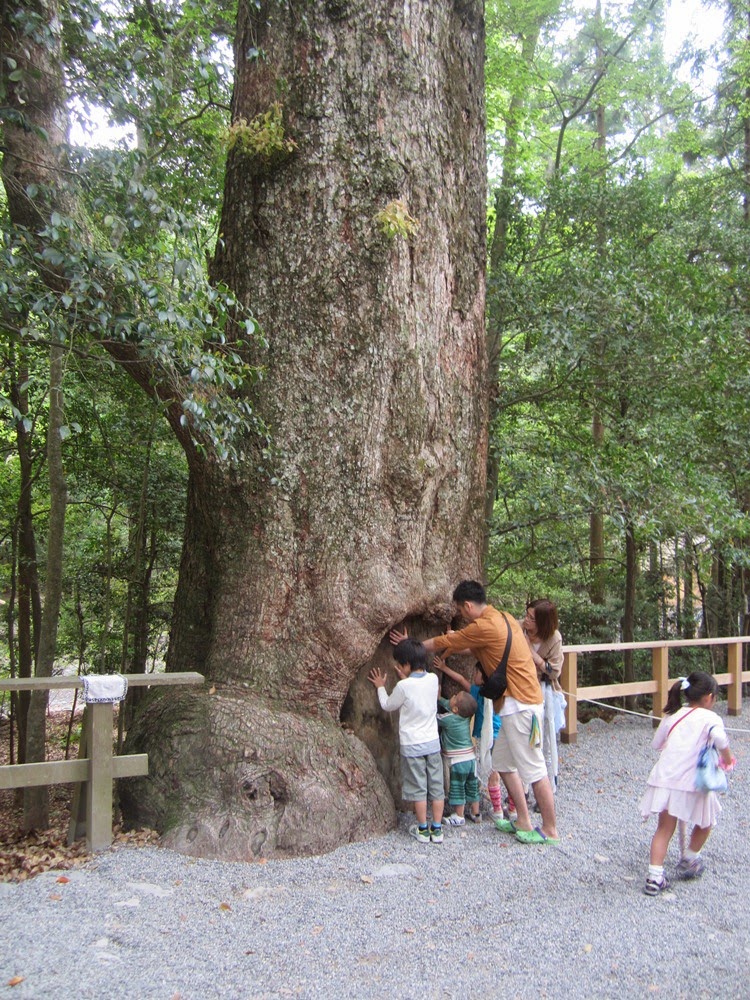It was a nice day today and I had a long walk.
I left Utsube in Yokkaichi City, walked through four shukuba stations -- Ishiyakushi, Shono, Kameyama, Seki -- and arrived
at the entrance of Sakanoshita, the 48th station.
It was about 25
km.
Ishiyakushi was one of the smallest stations in Tokaido in the Edo era. It is now a small town in Suzuka City. However, the impression was strong for me.
I found white flowers on the low bushy trees in various places in the town. It was U-no-hana or deutzia crenata. The flower is one of the symbols of early summer in Japan.
I also found the plates of tanka poems written by Sasaki Nobutsuna. Sasaki
was born here in the early Meiji period and became a famous tanka poet. He also
wrote a lyric of U-no-hana song.
I had the impression that Sasaki and Tokaido were effectively used not only to attract tourists but also to enhance cultural activities in the community.
I visited Ishiyakushi temple. It was beautiful.
I moved into Shono, the 45th shukuba station from Nihonbashi. It is also a small town in Suzuka City. Wide rice fields spread outside the town.
It was a
season of rice planting. I saw old women working hard in a small
field.
The Tokaido road became hilly as I passed Kameyama, the 46th shukuba station. The roads goes into the Suzuka Mountains.
I arrived at Seki, the 47th station. The old buildings are well preserved here. There are no utility poles
and electric cables found. The town is registered as a nation's historic site.
I moved
into a mountainous area and arrived at the entrance of Sakanoshita station. There were also rice fields in the small space in the area (the 2nd picture from the top). It
is the last station in Mie Prefecture.








%E5%BE%A9%E8%88%88%E9%9B%91%E5%B7%BE%E3%80%81%EF%BD%B8%EF%BE%99%EF%BE%90%EF%BC%A0%E7%9B%9B%E5%B2%A1%E9%A7%85.JPG)






























.JPG)












